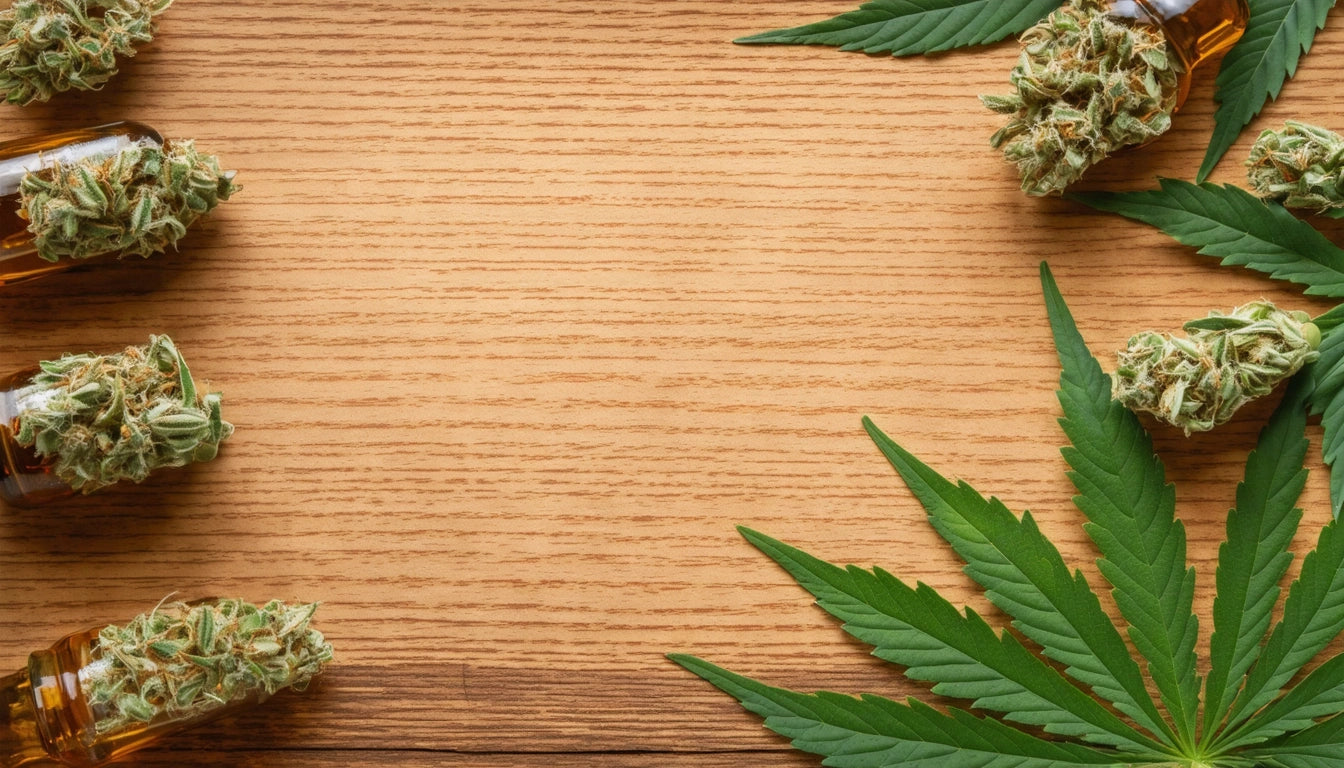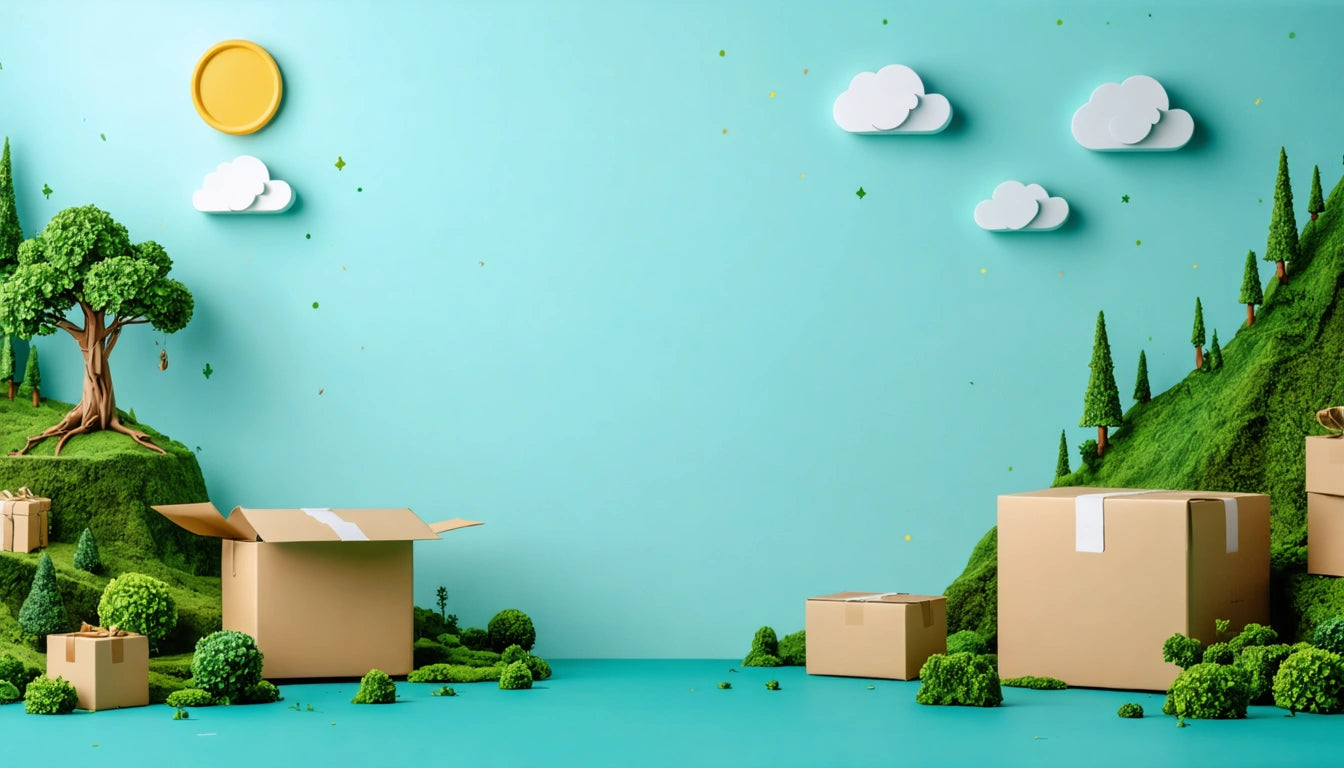Table of Contents
Food Packaging Hacks: Safer, Smarter, More Sustainable
In today's competitive food industry, packaging serves as more than just a container. It's a critical touchpoint for safety, brand communication, and increasingly, environmental responsibility. Whether you're a small business owner or managing a large food operation, implementing clever packaging strategies can significantly impact your bottom line while meeting consumer expectations.
Safety-First Packaging Innovations
Food safety remains the paramount concern for both producers and consumers. Modern packaging solutions now incorporate antimicrobial properties that extend shelf life naturally. These innovations help maintain food freshness while reducing the need for preservatives.
One significant advancement is the implementation of tamper-evident seals. These security features give consumers confidence that their food hasn't been compromised between production and purchase. For products requiring extra protection, specialized jar lids and caps with secure sealing mechanisms provide an additional safety layer while maintaining product freshness.
Temperature-Indicating Packaging
Smart indicators that change color when products exceed safe temperature thresholds are becoming increasingly affordable for smaller businesses. These visual cues help consumers know immediately if perishable items have been compromised during transit or storage.
According to this guide on budget-friendly food packaging, implementing even basic safety features can significantly reduce liability while building consumer trust.
Smart Packaging Solutions for Modern Food Businesses
The integration of technology with packaging creates new opportunities for brand engagement and product information. QR codes linked to nutritional information, preparation suggestions, or sustainability credentials allow consumers to make informed choices without cluttering the physical packaging.
Portion Control and Convenience
Smart design choices like resealable options, portion dividers, and stackable containers address consumer demands for convenience. These features not only enhance user experience but also help reduce food waste by allowing better storage of unused portions.
Sustainable Packaging Practices That Make a Difference
Sustainability has moved from a nice-to-have feature to a business necessity. Food packaging sustainability initiatives now focus on three main areas: material reduction, renewable resources, and end-of-life considerations.
Biodegradable and Compostable Alternatives
Plant-based packaging materials derived from cornstarch, mushrooms, and seaweed offer promising alternatives to traditional plastics. These materials break down naturally, leaving minimal environmental impact when disposed of properly.
Minimalist Packaging Approaches
- Concentrated products requiring less packaging
- Removal of unnecessary secondary packaging
- Lightweight designs that reduce shipping emissions
- Refillable container systems for repeat customers
As highlighted in this article on reducing food waste, right-sized packaging that extends shelf life while using minimal materials offers dual benefits for sustainability goals.
Budget-Friendly Packaging Hacks Without Compromising Quality
Small food businesses face unique challenges when balancing quality packaging with budget constraints. Strategic approaches can help manage costs without sacrificing safety or brand presentation.
Bulk Purchasing Strategies
Coordinating with other small businesses to place larger orders can unlock volume discounts from suppliers. This collaborative approach is particularly effective for custom packaging solutions that might otherwise be prohibitively expensive at smaller quantities.
Versatile Packaging Systems
Investing in a standardized packaging system with customizable labels rather than completely custom packages for each product line can significantly reduce costs. This approach allows for brand consistency while maintaining production flexibility.
Packaging Innovations Shaping the Future of Food
Looking ahead, several emerging technologies promise to transform food packaging further. Edible packaging made from milk proteins, seaweed, or other food-grade materials eliminates waste entirely. Meanwhile, active packaging that releases preservatives slowly over time extends shelf life without adding chemicals directly to food products.
As outlined in this overview of disruptive packaging innovations, the integration of nanotechnology in food packaging offers unprecedented opportunities for freshness monitoring, pathogen detection, and shelf-life extension.
For businesses ready to stay ahead of the curve, investing in these innovations now not only addresses current consumer demands but positions brands as forward-thinking leaders in food safety and sustainability. The most successful packaging strategies will balance immediate practical needs with longer-term sustainability goals, creating solutions that benefit businesses, consumers, and the environment alike.











Leave a comment
All comments are moderated before being published.
This site is protected by hCaptcha and the hCaptcha Privacy Policy and Terms of Service apply.